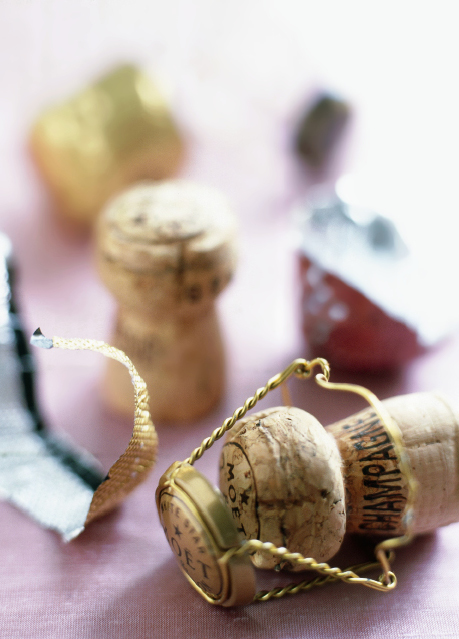
The Ultimate Celebration Libation Champagne and her sparkling-wine sisters are renowned the world over as the grand dames of celebration. Corks popping, frothy liquid flowing, a cold crispy freshness... nothing quite so perfectly reflects the notion of the best in life. Classic champagnes like Dom Prignon, Veuve Clicquot, and Taittinger, as well as regional sparklers like Italys spumante, Spains Cava, Alsaces Crmant, and Napas sparkling wineall are part of the worldwide bounty. Bubbly has presided over weddings, births, the coronation of kings, the launching of ships, and treaty signings between nations. Louis XIV drank it exclusively.
The self-appointed emperor Napolon Bonaparte would swing his army through the Champagne region of France, claiming In victory you deserve it, in defeat you need it. Champagne cocktails have likely been around as long as the sparkling wine itself. It is not hard to imagine Dom Pierre Prignon and his monks throwing a little fresh fruit into their glasses to add some seasonal freshness. Go to any self-respecting watering hole today, and you will find an array of sparkling winebased goodness. As with all cocktails, using the freshest ingredients and a decent base is the recipe for success. This is a book for celebrants.
It is a book for romantics. It is a book for the entertainer who wants a light, fresh concoction that can bring people together to accent the joys of the day. So break out the bubbly and toast! Champagne vs. Sparkling Wine By definition, real champagne must come from the Champagne region of France. However, it is commonplace to use the term champagne to mean all types of sparkling wine. Throughout this book, I use the term champagne loosely to include all sparkling wines.
However, I do make note of some specific brands and types of sparkling wine that I feel are most appropriate for a specific cocktail. This book really runs the gamut with all types of sparkling wines in all price ranges. So, if youre feeling really decadent and are toasting a special occasion, break out the good stuff. If youre having a party and are on a budget, go for the off-the-rack, $10 sparkling wines; there are some great ones on the market. Purees Various fruit purees are used throughout the book, especially in the until smooth. The purees can be frozen and kept for several months.
If the fruit is not in season, there are some great puree companies whose products I recommend. They flash freeze their purees, keeping them as fresh tasting as possible. Here are a few: Perfect Puree. This is a company based in California with a huge selection of purees. They can be purchased online (and even on Amazon.com), and they ship worldwide. Boiron. Boiron.
This is a puree company based in France. While their selection is not as big as some others, their purees are of excellent and superior quality. They also have some interesting puree blends made with harder-to-find fruits and spices. They can often be found at gourmet or chef stores. For information, see www.boironfreres.com. Funkin Fruit.
These makers are based in the United Kingdom but distribute here in the United States. Their packaging is bartender-friendly and their purees very tasty. For information, see www.funkin.us. Peach Puree Makes approximately 2 cups 5 white peaches, ripe , if needed Fill a saucepan with water and heat until boiling. Add the peaches, and cook briefly (blanch) for 1 to 2 minutes to help loosen the skin. Transfer the peaches to a bowl of cool water.
Once cool, remove the skin and slice the fruit. Place sliced peaches in a blender and blend until smooth. If needed, add a bit of to sweeten the puree. Use immediately or freeze for later. Raspberry Puree Makes 34 cup or approximately enough for 6 cocktail servings 2 pints raspberries, rinsed 1 to 2 ounces Place the raspberries in a blender. Add 1 ounce of until smooth and pourable.
About Raw Eggs Raw eggs are used in many cocktails as a textural element; it can add a bit of froth, foam, and creaminess to a cocktail that is hard to duplicate using any other ingredient. Many people are nervous about using raw eggs for fear of getting Salmonella enteridis or other foodborne bacteria; but the risk is minimal if mixing the eggs with alcohol, which kills the bacteria. However, the FDA recommends using eggs that have been treated to destroy Salmonella or pasteurized egg products. And, while cracking open an egg and dropping it into a cocktail shaker makes for a great performance, pasteurized egg whites and yolks work just as well. Simple Syrup This simple mixture of sugar and water in equal parts is a base ingredient for many cocktails. 12 cup sugar 12 cup hot water In a small bowl, glass, or empty, clean wine bottle, combine the sugar with the hot water and stir, or shake bottle, until sugar is completely dissolved. 12 cup sugar 12 cup hot water In a small bowl, glass, or empty, clean wine bottle, combine the sugar with the hot water and stir, or shake bottle, until sugar is completely dissolved.
Let cool completely before using. Fresh Sour Makes 1 cup (or 8 ounces) This recipe is used as a sweet-and-sour element in many recipes. While you can buy a sour mix at any grocery store, it wont be as good as the kind you make yourself using fresh lemon and lime juice. Squeeze the fruit juice immediately before using for optimum freshness. 14 cup freshly squeezed lime juice (approximately 2 medium limes) 14 cup freshly squeezed lemon juice (approximately 112 lemons) 12 cup In a small bowl, glass, or empty, clean wine bottle, combine all the ingredients.  Special thanks to Mot-Hennessy USA for providing product for recipe development and the photography.
Special thanks to Mot-Hennessy USA for providing product for recipe development and the photography.  Special thanks to Mot-Hennessy USA for providing product for recipe development and the photography.
Special thanks to Mot-Hennessy USA for providing product for recipe development and the photography.
And thanks to TMD Liqueurs (www.tmdliqueurs.com) for providing their award-winning Passionfruit Liqueur for the photography. This book is printed on acid-free paper. Copyright 2008 by Kim Haasarud. All rights reserved Photography Copyright 2008 by Alexandra Grablewski Published by John Wiley & Sons, Inc., Hoboken, New Jersey Published simultaneously in Canada No part of this publication may be reproduced, stored in a retrieval system, or transmitted in any form or by any means, electronic, mechanical, photocopying, recording, scanning, or otherwise, except as permitted under Section 107 or 108 of the 1976 United States Copyright Act, without either the prior written permission of the Publisher, or authorization through payment of the appropriate per-copy fee to the Copyright Clearance Center, Inc., 222 Rosewood Drive, Danvers, MA 01923, (978) 750-8400, fax (978) 646-8600, or on the web at www.copyright.com. Requests to the Publisher for permission should be addressed to the Permissions Department, John Wiley & Sons, Inc., 111 River Street, Hoboken, NJ 07030, (201) 748-6011, fax (201) 748-6008, or online at www.wiley.com/go/permissions. Limit of Liability/Disclaimer of Warranty: While the publisher and author have used their best efforts in preparing this book, they make no representations or warranties with respect to the accuracy or completeness of the contents of this book and specifically disclaim any implied warranties of merchantability or fitness for a particular purpose.

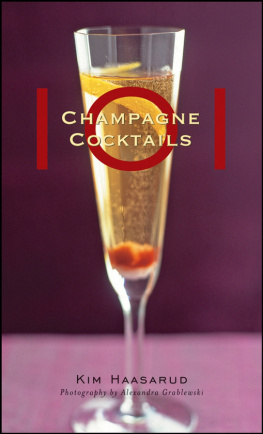
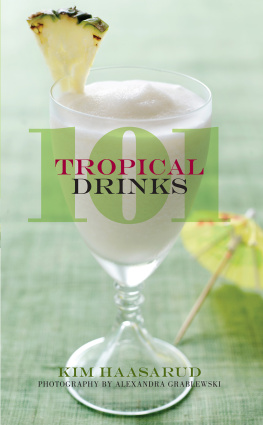
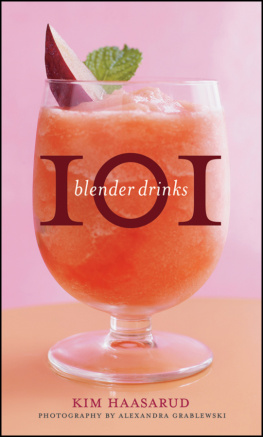

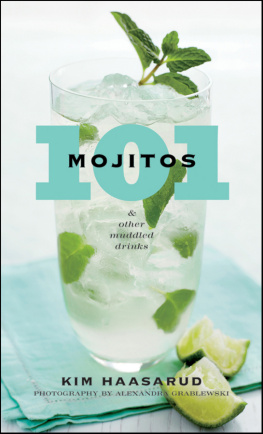




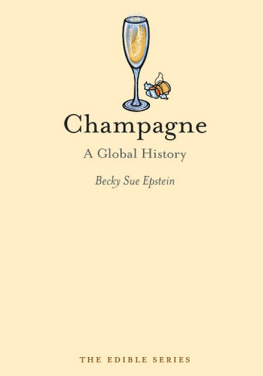
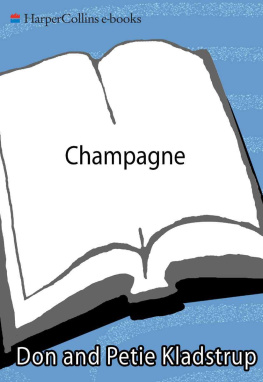
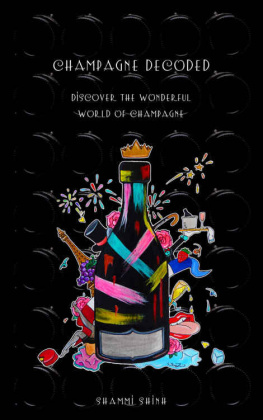
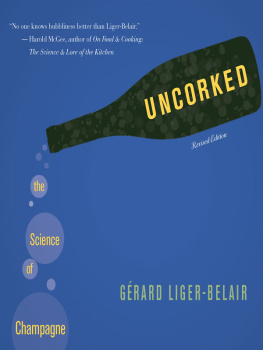

 The Ultimate Celebration Libation Champagne and her sparkling-wine sisters are renowned the world over as the grand dames of celebration. Corks popping, frothy liquid flowing, a cold crispy freshness... nothing quite so perfectly reflects the notion of the best in life. Classic champagnes like Dom Prignon, Veuve Clicquot, and Taittinger, as well as regional sparklers like Italys spumante, Spains Cava, Alsaces Crmant, and Napas sparkling wineall are part of the worldwide bounty. Bubbly has presided over weddings, births, the coronation of kings, the launching of ships, and treaty signings between nations. Louis XIV drank it exclusively.
The Ultimate Celebration Libation Champagne and her sparkling-wine sisters are renowned the world over as the grand dames of celebration. Corks popping, frothy liquid flowing, a cold crispy freshness... nothing quite so perfectly reflects the notion of the best in life. Classic champagnes like Dom Prignon, Veuve Clicquot, and Taittinger, as well as regional sparklers like Italys spumante, Spains Cava, Alsaces Crmant, and Napas sparkling wineall are part of the worldwide bounty. Bubbly has presided over weddings, births, the coronation of kings, the launching of ships, and treaty signings between nations. Louis XIV drank it exclusively.  Special thanks to Mot-Hennessy USA for providing product for recipe development and the photography.
Special thanks to Mot-Hennessy USA for providing product for recipe development and the photography.